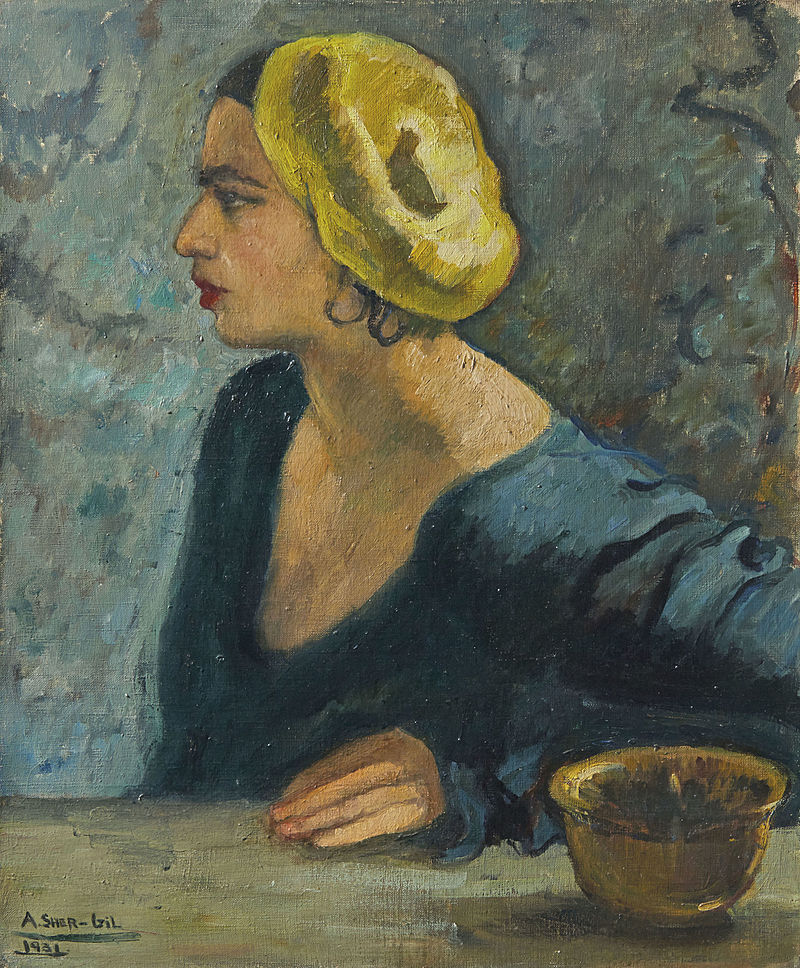
Tonight, I co-hosted the Bangkok edition of the global ‘Art + Feminism’ Wikipedia campaign.
Nine people total came together in a Bangkok café to learn about Wikipedia, to find out about art and to add/edit/translate articles about woman-identified artists to improve coverage of women-identified artists across the world. At the end of the night, these were our accomplishments:
– Creation of article about Chinese artist Xiao Lu.
– Creation of article about Bengali artist Pratima Devi.
– Translation of article about Indigenous Australian artist Tracey Moffatt into Italian.
– Translation of article about Thai artist Araya Rasdjarmrearnsook into Thai.
– Translation of article about Chinese artist Bu Hua into English.
– Addition of Xiao Lu’s participation into article about the China Avant-garde Exhibition 1989.
– Addition of the following quote into article about French artist Marie Bracquemond: “The severity of Monsieur Ingres frightened me… because he doubted the courage and perseverance of a woman in the field of painting… He would assign to them only the painting of flowers, of fruits, of still lifes, portraits and genre scenes.”
Over the next few months, I will be creating Artist Features about each of these artists on this blog.
Thank you to everyone who participated, and to everyone who will continue researching, writing and learning about women-identified artists!










